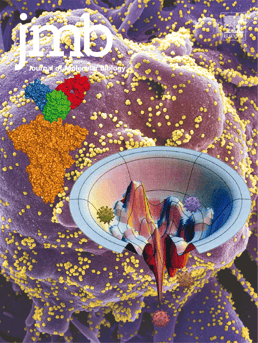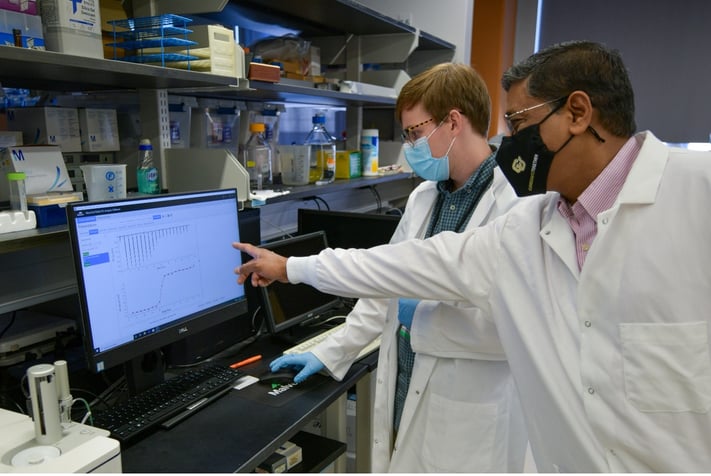A new study is one of the first to perform a robust biophysical analysis on the delta variant
Since June, the number of COVID-19 infections started rising again, as the most transmissible omicron variant started picking up delta variant mutations leading to new subvariants BA.4/BA.5 and Deltacron variants. Out of all the five known variants of concern, which have been shown to evade therapeutic antibodies and vaccines developed against unmutated, original SARS-CoV-2 virus, delta is the most virulent leading to severe symptoms and increased mortality among infected people. A new peer-reviewed study provides answers to why delta is the most lethal variant of SARS-CoV-2.
To answer this critical question, researchers at the University of Colorado Skaggs School of Pharmacy and Pharmaceutical Sciences performed robust biophysical analyses on the delta variant and individual mutations that comprise the delta variant.

The study was published in today's issue of the Journal of Molecular Biology and featured on the journal's cover.
"Our findings help explain why patients who have been vaccinated are still able to be infected by the new variants and why patients who have contracted the delta variant are more likely to be hospitalized," said author Krishna Mallela, PhD, professor in the department of pharmaceutical sciences at the CU Skaggs School of Pharmacy and Pharmaceutical Sciences located on the University of Colorado Anschutz Medical Campus.
Researchers Casey Patrick, Vaibhav Upadhyay and Alexandra Lucas from Mallela's lab identified the effect of mutated residues in the receptor binding domain (RBD) through which SARS-CoV-2 binds to ACE2 receptors that decrease the neutralization capacity of approved antibodies and polyclonal plasma from recovered patients.
"Due to the fact that we know vaccines are becoming less effective against emerging variants of SARS-CoV-2, it is important to understand what mutations are causing this decrease in neutralization capacity," Mallela said.
The scientists outline crucial information on mutated residues that are now frequently occurring in variants of SARS-CoV-2.

Graduate Student Casey Patrick discusses his results on SARS-CoV-2 variants with Mallela.
"Since we have performed individual analyses on these mutations, we have a foundational understanding of how some residues are affecting immune escape and infectivity of SARS-CoV-2," Mallela said.
The researchers found delta displayed unique biophysical characteristics unlike the previous variants alpha, beta and gamma. The human immune system generates antibodies to neutralize the virus in response to virus infection. These neutralizing antibodies have been classified into different classes, depending on their epitope location on the RBD, and some of these antibodies have previously been approved for emergency use by the FDA. Results from Mallela's lab indicated the delta variant has evolved towards escape from Class 2 and Class 3 antibodies, rather than enhancing the receptor binding or escape from Class 1 antibodies. Class 1 antibodies bind to RBD only in up conformation where RBD is accessible to ACE2 binding, whereas Class 2 and Class 3 antibodies bind to RBD irrespective of whether it is in up conformation (accessible to ACE2) or down conformation (inaccessible to ACE2). Delta also shows higher protein expression. One mutation in the delta variant, T478K, is believed to have evolved from patients who were infected with earlier variants of SARS-CoV-2. This mutation has been shown to escape antibodies generated from previous COVID-19 infections.
The results indicate that the immune escape from neutralizing antibodies is the main biophysical parameter that is determining the fitness landscape of the emerging variants.






